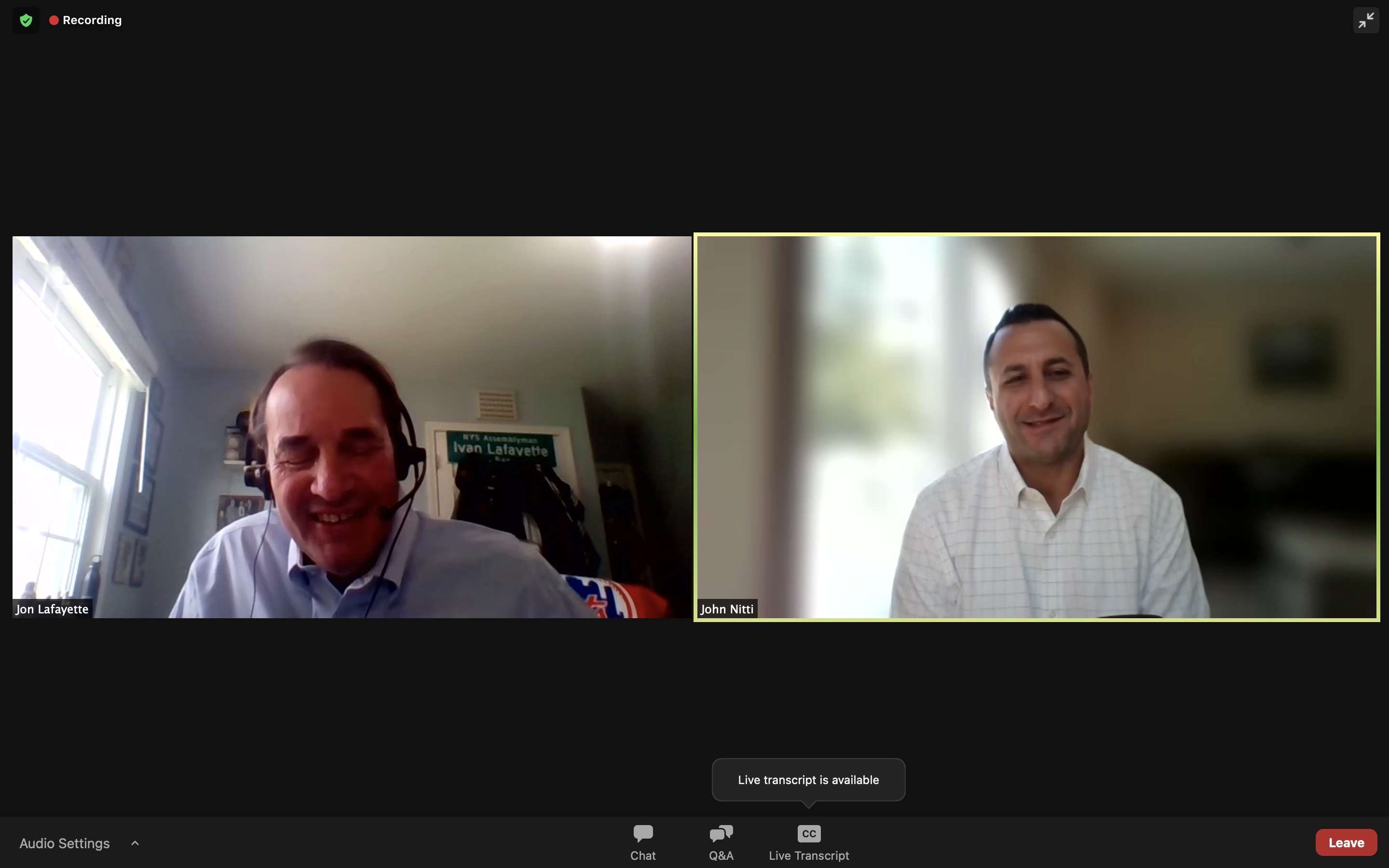Advanced Ads: As Viewership Fragments, Engagement Is the Key
Verizon chief media officer John Nitti says advertisers, programmers look to 5G to capture attention

In a year that saw traditional TV ratings plunge for once-reliable audience grabbers like the Super Bowl and the Oscars, advertisers and programmers are looking for technologies and methods that drive engagement, Verizon Communications’ chief media officer John Nitti said at the B+C/Multichannel News virtual Advanced Advertising Summit Tuesday.
“What we're looking for is, how do you maintain mindshare, maintain the ability to connect with prospects and customers, but measure that right,” Nitti told conference moderator, B+C/Multichannel News business editor Jon Lafayette. “Measurement is the key aspect in all this, because clearly things are changing. ... It's not just about blasting out impressions. It's about the conversion and the engagement that you're getting with the customer.”
Also Read: Spring TV Events Offer a Look at Future of Television
Technology, like 5G, also plays an important role in driving engagement. Nitti pointed to The Super Bowl and The Oscars, each which featured innovative camera angles and information that are in part geared to keep viewers focused.
During the last Super Bowl, for example, Verizon’s stadium app offered unique camera angles during the game. At big non-sporting events the Macy’s Thanksgiving Day Parade, Verizon provided 360-degree camera angles that put viewers in the middle of the action.
“To make it be like you could be there [at the parade] was the only way that you could be there, the ultimate demonstration of what we can bring to life and how you change those experiences,” Nitti said. “Then you fast-forward most recently to this weekend, and the Oscars. Last year we did a 5G portal from Times Square to the red carpet that was in LA. This year we brought that 5G portal to life for any viewer that wanted to get on the red carpet while the celebrities [were] coming in, [to] get behind the stage after they received an award and watch their trophy be engraved or being in the press room.”
That helps drive mindshare and time spent with programming, he continued, adding that in some cases, viewers spent as long as nine minutes in some of those portals.
Multichannel Newsletter
The smarter way to stay on top of the multichannel video marketplace. Sign up below.
“And when you're conveying a complex message ... the more mindshare you have with the customer, the more engagement you have, the better,” Nitti said.
Also Read: Verizon Agrees To Spend More With Black-Owned Media
The pandemic, changes in viewing habits and how programming and advertising is delivered all played havoc with the upfronts last year. Nitti isn’t expecting any dramatic swings back to the old ways of doing business.
“You'll continue to see the merger of the upfront and new fronts into one time frame,” Nitti said. “If money is going to move, money is going to move. Marketers have become more and more comfortable with digital streaming platforms, whether that be YouTube Hulu, Disney Plus, etc., as platforms of choice. So you're going to look at your video budgets holistically, then you should look at them holistically to see where the opportunity is.”
Nitti said that last year the uncertain situation with the pandemic forced advertisers and programmers to be more flexible, that ability to make last minute changes to budgets and move dollars around inventory is still needed.
“I think flexibility last year was driven by uncertainty, marketers being uncertain, where things were going, when they were going to be able to open stores, if they were going to be able to open stores, etc.,” Nitti said. “Why should you not be able to make optimizations and change? It's like we're all driving business and ultimately, if I'm a seller if I can prove that I'm driving business outcomes, my budget increases. As a retailer at heart, we need to be looking at our numbers daily, we need to drive those optimizations and have flexibility.”
